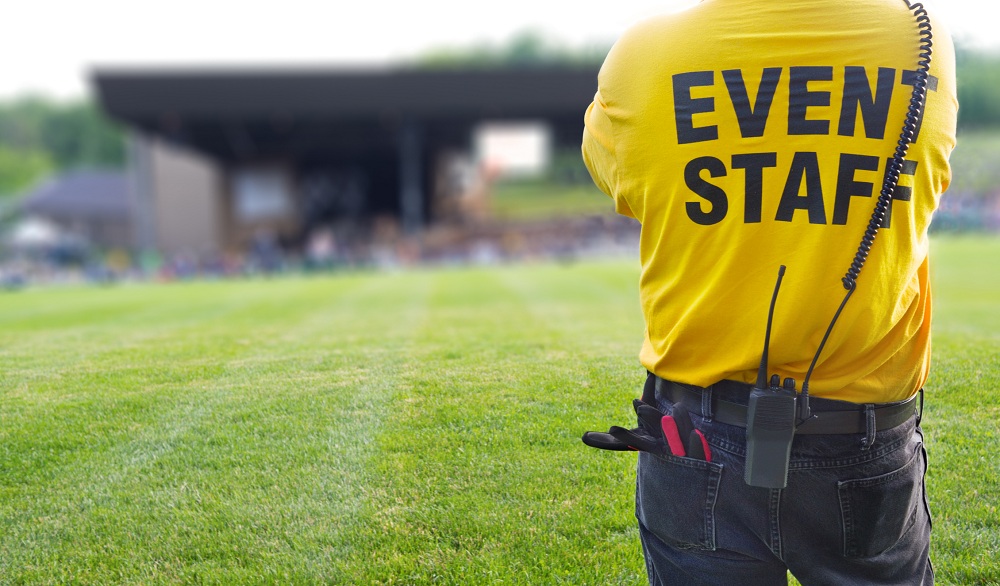Once a new medical device has been discovered and developed, then undergone basic laboratory and animal safety testing, it will enter step three of the FDA medical clearance programme. This is the pathway to approval, an important step IN getting your medical device approved for the wider market.
Your product will receive either a Class I, Class II or Class III classification, which are subject to lesser or greater regulatory control. You may also receive a De Novo or Humanitarian Device Exemption classification if your device is either entirely new but with a well understood technology and safety profile (De Novo) or relates to orphan diseases which affect less than 4,000 people (HDE).
Class I Devices
These are the simplest types of devices – think latex gloves – and are subject to least regulatory control. Class I devices are generally exempt from premarket submission.
Class II Devices
These may have to meet performance standards recognised by the FDA or be subject to post-market surveillance.
Class III Devices
These fall into the category of devices that support or sustain life, or prevent the impairment of health and are subject to the most stringent regulatory control.
The FDA 510k Clearance Process
All categories are subject to 510k clearance process, and you or your company may prefer to use a third party solution like www.fdathirdpartyreview.com to navigate this process. At this stage the FDA will check that your medical device demonstrates substantial equivalence (SE) to a legally marketed device, and that that device is not subject to premarket approval (PMA).
What Is Substantial Equivalence?
This means that your device has the same intended use and technological characteristics as a device that is already legally on the market. To make and support your claim to SE, youll need to compare your device with two or three existing devices. If SE is proved, your device will be given the same classification as the existing devices. If not youll be given a non-SE Class III classification.
What Is Premarket Approval?
This process evaluates the safety of Class III devices, including those that failed to achieve SE for a Class I or Class II device. You cannot use pre-existing evidence to prove the safety of your device, but must prove independently that your device has wide ranging health benefits where safety outweighs risk.




